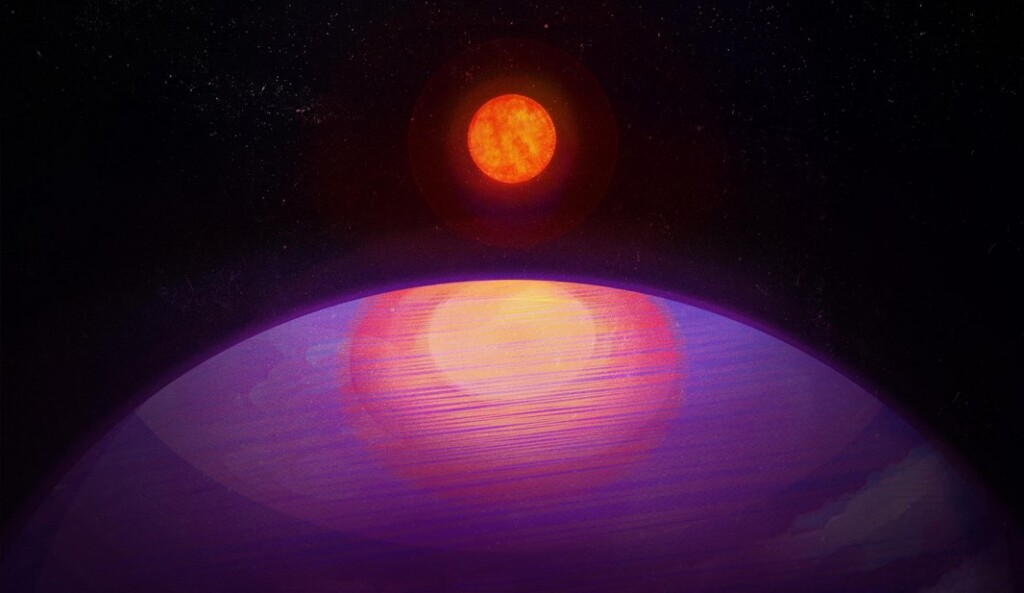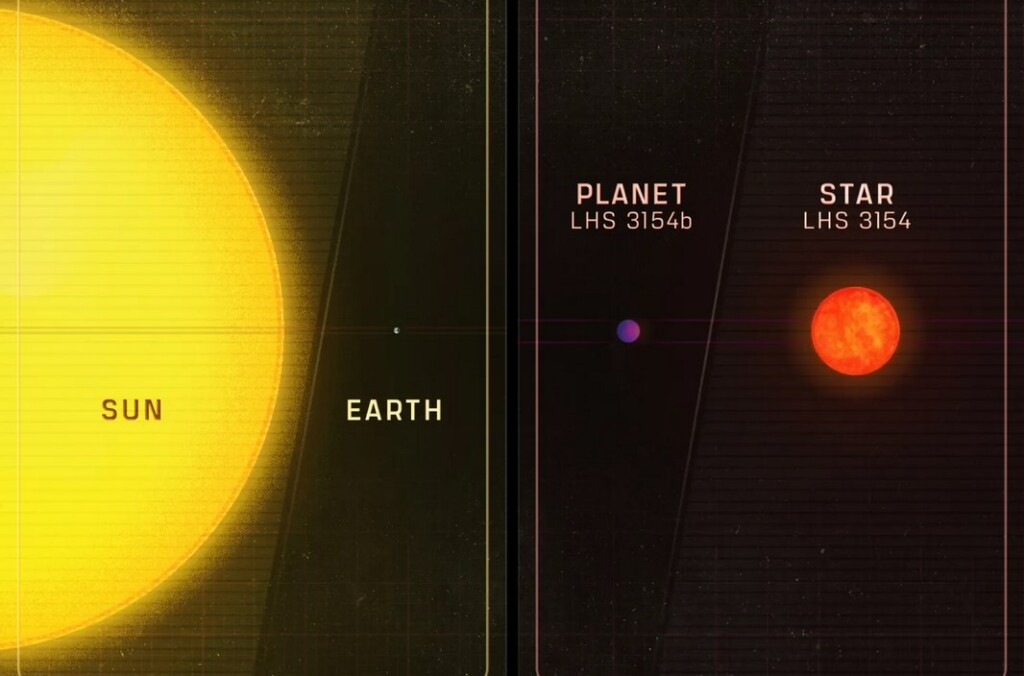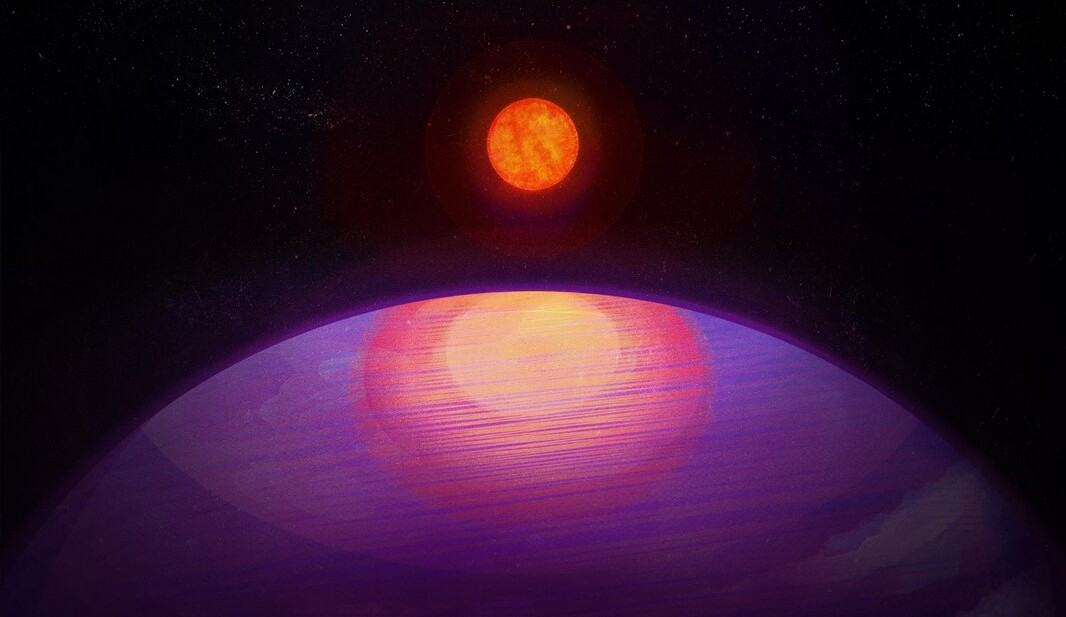
Far out in the galaxy, astronomers at Penn State have found a planet that is just a little bit smaller than its host star, a surprising finding set to potentially change the established ideas of planet formation.
Science news is filled with headlines of discoveries that clash with established theories known only to the scientists researching them, and not to the general public. But the idea of a planet being almost as large as the star it orbits is intuitively very strange to anyone with even a vague understanding of system dynamics.
The exoplanet is twice the mass of any known body that orbits its star in less than ten days, and weighs in at about one three-hundredth the mass of its star, which may not sound like much, but just compare it to Mercury, the closest planet to the Sun which is 93 million times smaller, and you have some understanding of the magnitude of the discovery.
“This discovery really drives home the point of just how little we know about the universe,” said Suvrath Mahadevan, Professor of Astronomy and Astrophysics at Penn State and co-author on the paper describing the discovery. “We wouldn’t expect a planet this heavy around such a low-mass star to exist.”
Mahadevan and his colleagues were using the 10-meter Hobby-Eberly Telescope at McDonald Observatory in Texas to survey low-mass stars and managed to identify LHS 3154, an M-type star, which is called a ‘cold dwarf’ and is the least-massive and least-hot kind of luminescent star.
Very quickly they used the transiting method to determine there was a planet passing between the view of the telescope and the star every 3.7 days, and the apparent wobble it was causing in the position of the star indicated that it was a massive object.
MORE MYSTERIOUS EXOPLANETS: On Distant Planets that Don’t Rotate, Life May Exist Under Skies of Permanent Dawn and Dusk
With the help of NASA’s Transiting Exoplanet Survey Satellite (TESS) and ESA’s Gaia satellite, the team established the mass of the transiting body as 0.35% the mass of the star, and about the size of Neptune, which when controlled for with the two most accepted theories of planet formation, threw a spanner in the works of both.

“The planet-forming disk around the low-mass star LHS 3154 is not expected to have enough solid mass to make this planet,” Mahadevan said. “But it’s out there, so now we need to reexamine our understanding of how planets and stars form.”
The two existing theories of planet formation are core accretion and gravitational instability.
Core accretions states that when stars complete their formation, a large disk of gas and dust is leftover which coalesces into planets, but the size of LHS 3154 is simply not enough to produce a planet as large as this one in any of the scenarios the team ran.
MORE STORIES LIKE THIS: Locked in a 4 Billion-Year-old Dance, Six New Exoplanets Demonstrate the Cosmic Beauty of ‘Resonant Orbits’
The team also considered the possibility the planet was created outside the star system and arrived there afterwards, but if this was the case, the planet would have to have an elliptical orbit, which it doesn’t.
“We were really struggling—like, we said, ‘OK, how can we actually form this type of planet?’” Guðmundur Stefánsson, an astrophysicist at Princeton University, and the paper’s first author, told Astronomy.
The mass of dust in the protoplanetary disk would have to be 10 times what the star is believed to have been capable of producing to create such a large planet.
SHARE This Astronomical Headscratcher With Your Friends…




















